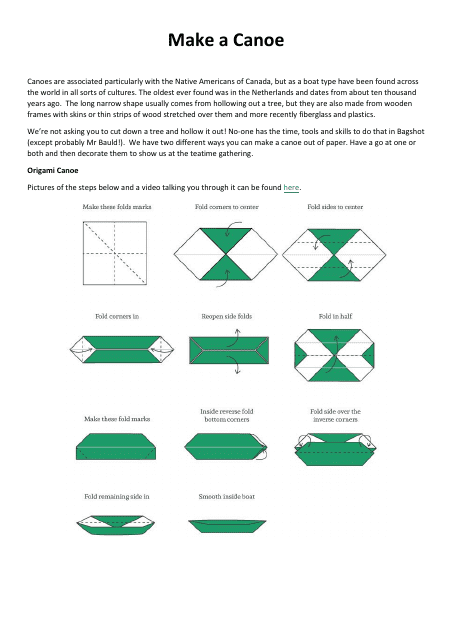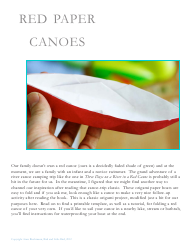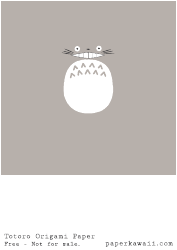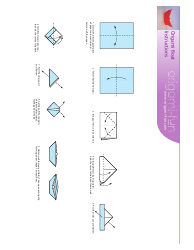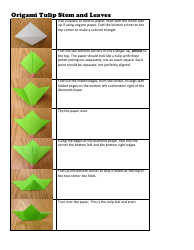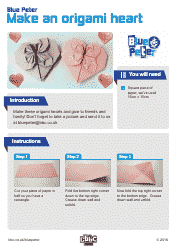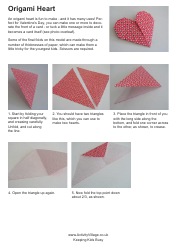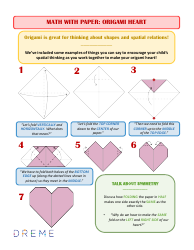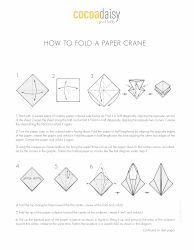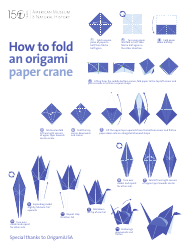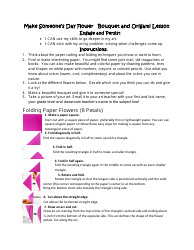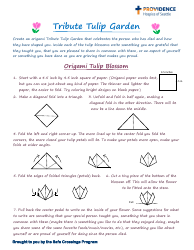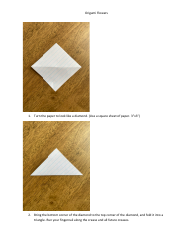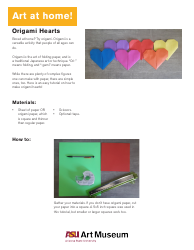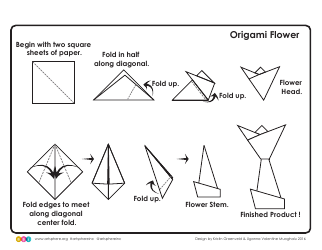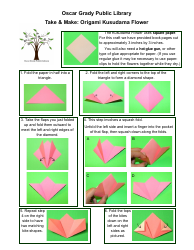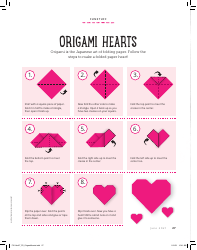Origami Paper Canoe
Origami Paper Canoe is a type of paper folding craft that originated in Japan. It's primarily used as a fun, creative, and educational activity. People fold the paper in a special way to create a miniature canoe shape. This can be used for decoration, teaching tools, or even as a simple craft activity for children and adults alike to learn about origami, the art of paper folding. It also helps in enhancing fine motor skills, concentration, and creativity. It's a simple and affordable way to introduce art and craft to children. Some people even float these paper canoes in water as a part of interactive demonstrations or games.
The term "Origami Paper Canoe" most likely presents a conceptual misunderstanding. Origami is a Japanese art of folding paper into decorative shapes and figures, such as a canoe. However, one does not typically "file" an origami paper canoe. This could be a confusion with filing a patent for an original design or invention, for example. However, without more specific information or context, it's hard to provide a definitive answer. This type of question may be based on a misunderstanding or is possibly a riddle or trick question, in which case the answer would depend on the intended context.
FAQ
Q: What is origami?
A: Origami is the traditional Japanese art of paper folding. It’s a craft that involves transforming a flat sheet of paper into a sculpture using folding techniques.Origami does not typically involve cutting or gluing.
Q: How do I make a paper canoe using origami?
A: Here are basic steps to make a paper canoe using origami: 1. Start with a rectangular piece of paper. 2. Fold the paper in half, unfolding it afterward to create a center crease. 3. Fold each side into the center crease, making a sort of paper 'boat'. 4. Fold the top and bottom edges into the center line, creating a narrower 'boat'. Flatten out the folds. 5. Fold the paper in half along the center crease. You've created your paper canoe!
Q: What kind of paper should I use for origami?
A: The best type of paper for origami is typically thin yet sturdy. Traditional origami paper, also known as 'kami,' is one popular choice. This paper is usually colorfully patterned on one side and white on the other. However, any kind of paper can be used for origami, including printer paper, notebook paper, and craft paper. The key is that it can hold a crease.
Q: Does origami have any educational benefits?
A: Yes, origami offers numerous educational benefits. It can enhance spatial skills, improve math skills, encourage problem-solving, increase concentration, and promote creativity. It can also be a mindful activity, helping to reduce stress and increase relaxation.
Q: Are there any cultural significances attached to origami?
A: Origami has been a significant part of Japanese culture for centuries, often used in religious ceremonies and rituals. One of the most well-known origami shapes, the crane, is considered a symbol of peace and longevity. In modern times, origami has spread across the world and is used in various settings, from educational to therapeutic.
